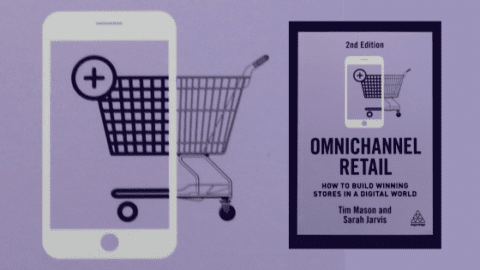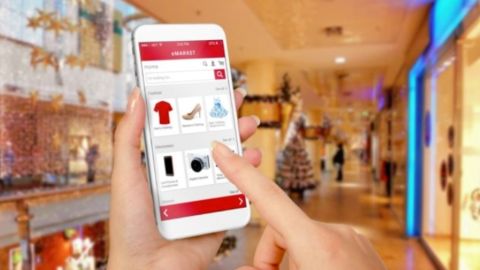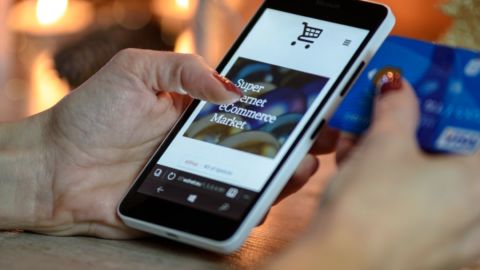Consumers typically visit the grocery store once a week — or sometimes more. But most still stick to the same list of items each shopping trip. Although there are thousands of product SKUs available within a single brick-and-mortar location, consumers are undoubtedly creatures of habit, purchasing just 0.7% of all available SKUs throughout the year, according to research from Catalina.
In a new report, titled: Engaging The Selective Shopper, Catalina examined the habits of 32 million shoppers who spent more than $55 billion across 9,968 grocery stores in the U.S. All shoppers had a unique “buyergraphic” in terms of the products and brands they purchased consistently.
{loadposition TSHBAIAA022014} “The reality is people buy less than 1% of available SKUs in a grocery store,” said John Caron, VP of Marketing at Catalina. “That means when they walk into a store they’re on a mission. As they’re on that mission, it’s about grocers figuring out how to engage them and make the shopping experience better and smarter.”
Ahold USA is embracing mobility and personalization to help create smarter, richer customer experiences across all of its brands: Giant Food, Giant Food Stores, Martin’s Food Markets, Peapod and Stop & Shop.
“When we reviewed the research [from Catalina], we felt very confident that we’ve been focusing on the right things,” said Rebecca Kane, VP of Consumer Specific Marketing and Digital at Ahold. “For example, understanding our customers better, and building up loyalty programs and personalization programs has been a focus for us for several years.”
The Personalization Pyramid
To establish and refine its personalization strategies, Ahold has developed a pyramid strategy. At the foundation is a basic understanding of customer needs, which revolve around three pillars: saving time, saving money and putting better meals on the table, Kane explained. These components, however, vary in importance from consumer to consumer, so “we then segment customers and build solutions for them based on their priorities.”
Ahold tailors digital circulars to specific consumers, and spotlights items on sale that they have purchased the most. Consumers can then access this information via their mobile devices.
“Grocery has always struggled with the challenge of having this broad assortment to meet the broad needs of a customer,” Kane said. “That’s why early on, we focused on personalization. When a consumer walks into a huge grocery store, there’s all of this assortment. We wanted to figure out how we could help a customer get through the store quickly by helping them find the things they care about most.”
Analyzing specific products people buy, Ahold then scores every item in a store to determine which is most relevant to an individual customer, Kane explained. “That helps us do a better job of presenting ad items, or promoting new product launches.”
The research from Catalina confirms that grocery retailers are continuously trying to strike the right balance between offering a broad range of products and creating a more streamlined, tailored customer experience.
Following Memorial Day 2013, Catalina compared purchases to the items promoted in the holiday shopping circular. Two thirds of all shopping baskets didn’t include a single item among the 1,172 advertised.
Ahold’s personalized approach to digital circulars is “one example of how we try to sift through everything for our consumers,” Kane said. “The old way of doing a paper circular was you had to put all the products on sale in there. In the new world, where there’s digital and mobile, there is the ability to personalize with data.”
Connecting The Home And The Store
Mobile will continue to be central to Ahold’s engagement efforts, especially as the retailer strives to deepen relationships with consumers and effectively bridge the gap between the home and the store.
“We need to know our customers and fulfill their needs,” Kane said. “What’s interesting and very exciting about mobile is that it gives us a chance to actually interact with people before they even get in the store. We have an obligation to make shopping easy for our customers, and mobile is the tool to help them plan better. Then, when they get in the store, we can solidify the relationship even further by interacting with them while they’re shopping.”
The SCAN IT! Mobile app from Stop & Shop, Kane noted, was created to make shopping more convenient. Using the app, consumers can receive notifications on coupons, scan products and tally their totals to save time at checkout. “Now we look at the app as a way to service our customers and help them through their shopping experience.”
Moving forward, content is going to play a more pivotal role in the shopping planning process. Ahold plans to build up its content marketing efforts to include more nutritional information and recipes, among other resources.
“At the end of the day the only way we can actually be that advisor for our customer is if we have a more robust way of interacting with them,” Kane said. “The reality is that when you’re interacting with people via mobile, the demand for valuable content is greater.”












